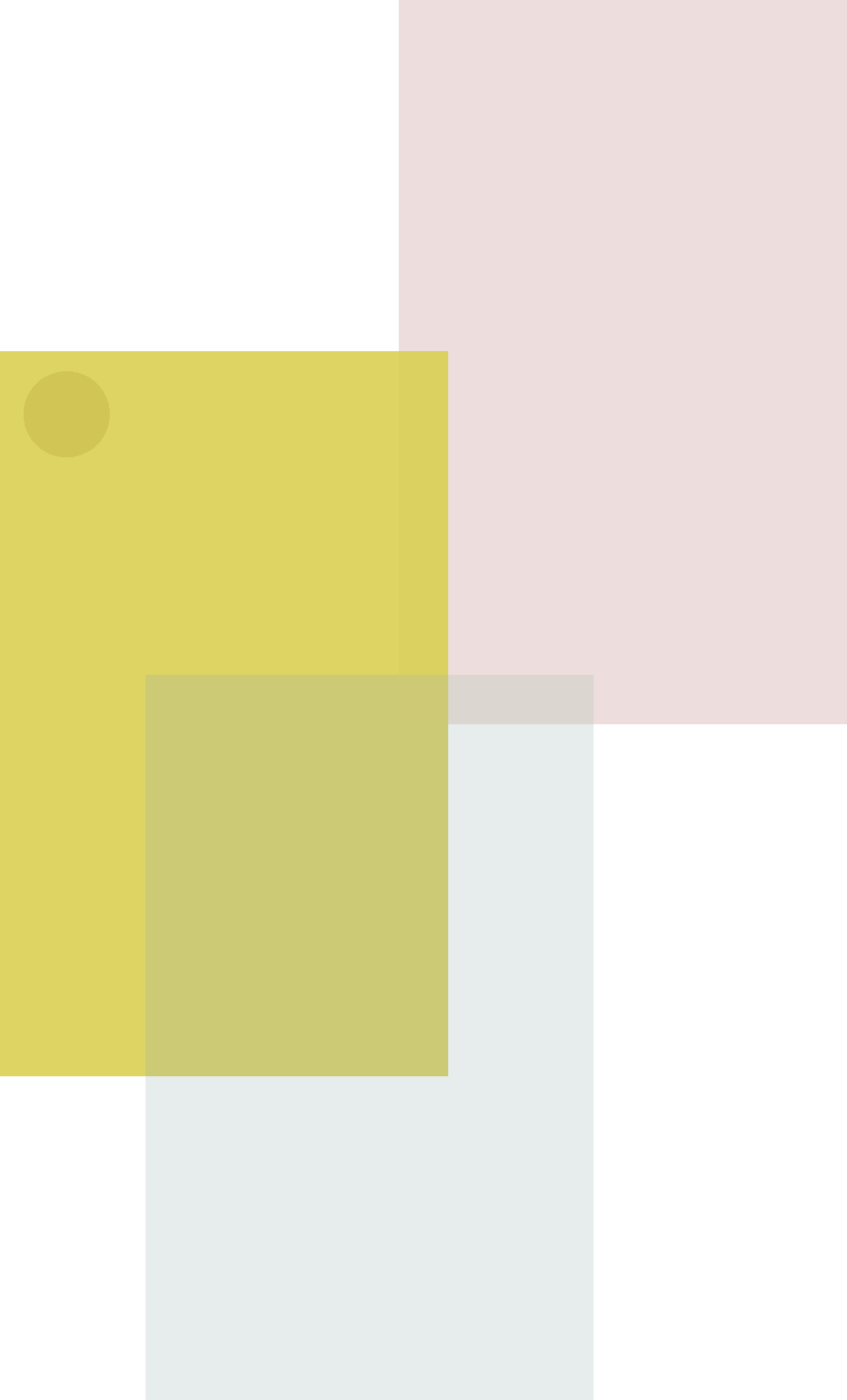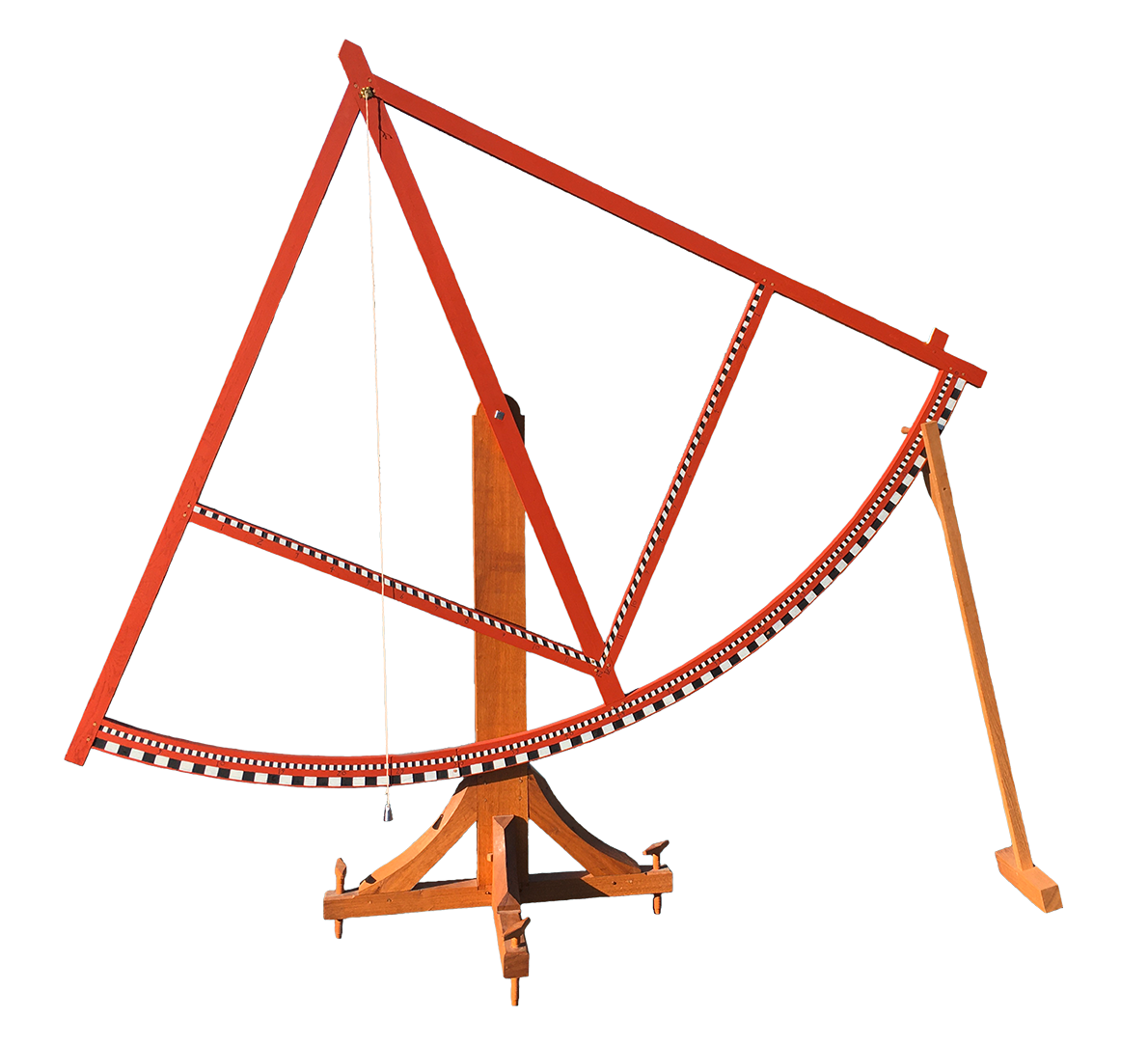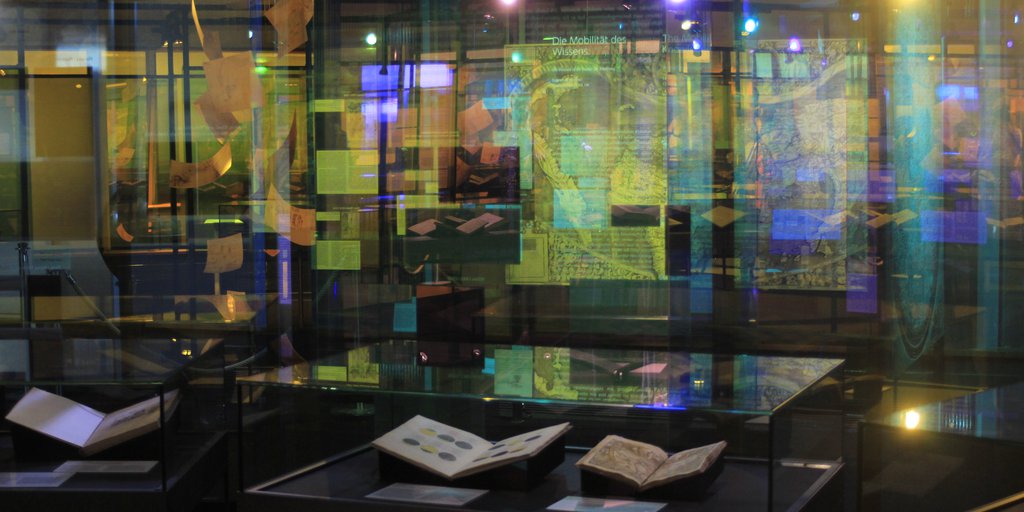
The Mobility of Knowledge <
Wisdom is the daughter of experience
Leonardo da Vinci
Codex Forster III, fol. 14r
The knowledge gathered by Leonardo in his personal library is collective knowledge. It is based, first, on a long tradition dating back to antiquity, and second, on increasing human mobility since the late Middle Ages. Oceanic navigation and the growth of printing created another major push. Merchants traveled along the major trade routes and maintained branches in important urban centers; participants in the Crusades brought knowledge to Europe, especially from the Arab world; international scholars and students exchanged ideas at the universities thanks to the universal language of Latin; artists and master builders traveled across Europe and beyond in search of lucrative commissions and the latest artistic developments. Explorers on voyages of discovery undertook daring expeditions to hitherto unknown continents and brought back new knowledge, while the colonizers who followed them seized the newly discovered territories—with terrible consequences for their inhabitants. This new knowledge was recorded and published in the form of reports, stories, in increasingly precise geographical maps, and in new scientific treatises. The result was a constant expansion and transformation of the worldview. In Leonardo’s library, too, the share of this new knowledge continued to grow over the years.
World in Motion <
- 101.
Mappa Mundi
ca. 1450
- 102.
Universalis cosmographia secundum Ptholemaei traditionem
et Americi Vespucii alioru[m]que lustrationes1507
- 103.
Das vierdte Buch von der Neuwen Welt. Oder neuwe und gründtliche Historien,
von dem Nidergängischen Indien, so von Christophoro Columbo im Jar 1492. erstlich erfunden1613
- 104.
Astrolabium (Amerigo Vespucci discovers the Southern Cross)
ca. 1590
- 105.
ca. 1491–1494
- 106.
ca. 1600
 | 106.
ca. 1600 |

A quadrant (from quadrans, the Latin word for a quarter circle)
is an astronomical instrument for establishing the height of celestial bodies above the horizon relatively easily. The pendulum quadrant shown here did this with the aid of an aperture diopter and a pelorus set to the upper side. The altitude of the angle was read off by a plumb-line thread moving in front of the arc divided into degrees. A more exact result could be achieved by using a double quadrant with gradations. The value of the scale below divided by the total length of the upright scale above gives the tangent of the measured angle. Like Leonardo, the constructor of this quadrant, the North Friesian pastor Albert Meyer (1528–1603), was not a professional astronomer: he intended to use the instrument for a Greenland expedition (that never actually happened). After he died, it was used as a hat stand in the church at Lindholm until it was finally purchased by the Schleswig-Holstein State Museum.
References
Lühning, Felix. 1997. “Der Lindholmer Quadrant. Ein astronomisches Meßinstrument aus der Zeit Tycho Brahes.” Nordelbingen. Beiträge zur Kunst- und Kulturgeschichte Schleswig-Holsteins 66: 49–78.








